- myFICO® Forums
- Types of Credit
- Credit Cards
- Re: Pay Down CC before statement is cut?
- Subscribe to RSS Feed
- Mark Topic as New
- Mark Topic as Read
- Float this Topic for Current User
- Bookmark
- Subscribe
- Mute
- Printer Friendly Page
Pay Down CC before statement is cut?
Is your credit card giving you the perks you want?
Browse credit cards from a variety of issuers to see if there's a better card for you.
- Mark as New
- Bookmark
- Subscribe
- Mute
- Subscribe to RSS Feed
- Permalink
- Report Inappropriate Content
Pay Down CC before statement is cut?
I just read something buried in another post. I need to be certain if this true. So, I'm creating a post to get a clear answer. The poster indicated that consumers should be aware of the statement cut date and pay down before the statement is cut to keep utilization low. I was thinking you pay down after the statement is cut before the payment is due. I was wrong and want to confirm.
- Mark as New
- Bookmark
- Subscribe
- Mute
- Subscribe to RSS Feed
- Permalink
- Report Inappropriate Content
Re: Pay Down CC before statement is cut?
You can pay early to show less utilizations, only if you have high utilization on your card. Nornally if you have anything less than 30% utilizations I would pay once the statement cuts. Also, ocassionally it is not bad to hvae higher utilizations on your card as well. But only occassionally. As there are some lenders who wants to see good utilizations of the credit extended to you.
Thats what I will do, I know there are people who do it differently.
- Mark as New
- Bookmark
- Subscribe
- Mute
- Subscribe to RSS Feed
- Permalink
- Report Inappropriate Content
Re: Pay Down CC before statement is cut?
If you're not applying for new credit any time soon, then don't worry about utilization.
Currently in the garden.
- Mark as New
- Bookmark
- Subscribe
- Mute
- Subscribe to RSS Feed
- Permalink
- Report Inappropriate Content
Re: Pay Down CC before statement is cut?
@0REDSOX7 wrote:
The only purpose of doing what you mentioned is to maximize your credit scoring. Ideally you'd want one card to report less than 10% of the available credit and the others at zero to maximize scoring.
If you're not applying for new credit any time soon, then don't worry about utilization.
Yes 100% agree. Utilization is highly overrated IF you are not applying for anything in the near future.
OP, this doesn't mean you want to go crazy with your cards and incur debt you will find difficult to pay back. But there is a general paranoia on here about AA/CLD if you are running any kind of balances, and you have to PIF everything. There was one poor guy on here a few weeks ago who posted he had $1000/5000 CL balance and was worried he might get AA'ed!
Of course PIF is ideal, but the most important thing is not your score or UTL%, which is always going to yo-yo a little. Make sure whatever your UTL happens to be, it is debt you can reasonably manage. That is why DTI ratio is a much better indicator of overall financial health than UTL%.

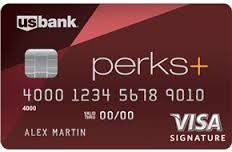



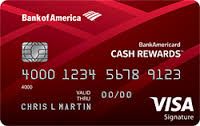
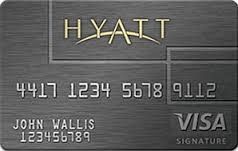
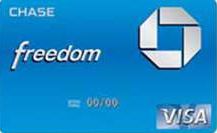
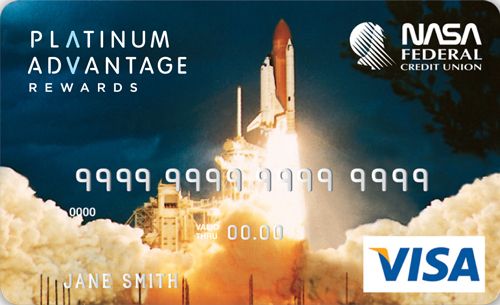



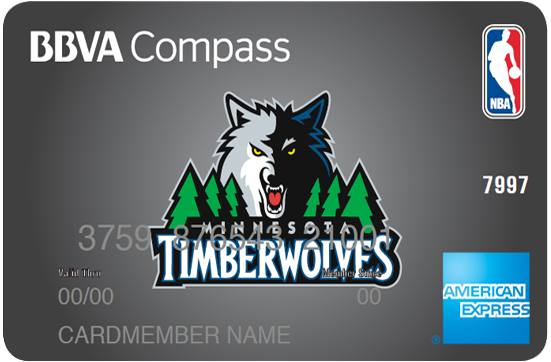

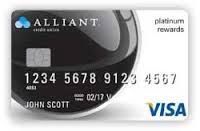

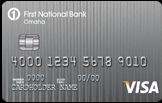
- Mark as New
- Bookmark
- Subscribe
- Mute
- Subscribe to RSS Feed
- Permalink
- Report Inappropriate Content
Re: Pay Down CC before statement is cut?
@0REDSOX7 wrote:
The only purpose of doing what you mentioned is to maximize your credit scoring. Ideally you'd want one card to report less than 10% of the available credit and the others at zero to maximize scoring.
If you're not applying for new credit any time soon, then don't worry about utilization.
Can the 10% be the card with highest limit? Also does this apply to a line of credit account that reports to the CRA's?
- Mark as New
- Bookmark
- Subscribe
- Mute
- Subscribe to RSS Feed
- Permalink
- Report Inappropriate Content
Re: Pay Down CC before statement is cut?
@Anonymous wrote:
@0REDSOX7 wrote:
The only purpose of doing what you mentioned is to maximize your credit scoring. Ideally you'd want one card to report less than 10% of the available credit and the others at zero to maximize scoring.
If you're not applying for new credit any time soon, then don't worry about utilization.Can the 10% be the card with highest limit? Also does this apply to a line of credit account that reports to the CRA's?
The 10% can be on any card you want. Most go with the highest since it allows more leeway. I micromanage the 10% in case there's a spur of the moment app I want to complete. This way I don't have to wait for my score to adjust due to utilization.
- Mark as New
- Bookmark
- Subscribe
- Mute
- Subscribe to RSS Feed
- Permalink
- Report Inappropriate Content
Re: Pay Down CC before statement is cut?
If you are about to apply for something and are carrying balances on certain cards then yes, pay right before your statement cuts.
Cards report to your credit report the balance as of your last statement, so you want it to be as low as possible before the statement generates.
- Mark as New
- Bookmark
- Subscribe
- Mute
- Subscribe to RSS Feed
- Permalink
- Report Inappropriate Content
Re: Pay Down CC before statement is cut?
This scheme works, *if* the issuer reports your balance as of the statement date, as most do. But certain issuers don't follow that practice, notably U.S. Bank, which reports your balance as of the last day of the calendar month. So even if you pay off your balance before the statement is cut, a balance will still be reported if you had a balance at the end of the calendar month, even if your statements always show $0.
I will agree with the posters who question the usefulness of the pay-to-zero-before-statement trick. Nevertheless, I've been practicing a modified version of this for some time now. I can't vouch for any effect on my credit score, but I have an ulterior motive. Several issuers, notably Chase, Barclay, Capital One, and Discover, will issue a small balance adjustment if a statement balance will be less than 99¢ ($1.99 for Discover). So rather than pay the balances on those cards down to zero, I pay them down to 99¢ ($1.99 for Discover). Statement is cut with the small balance written off and I still have a statement balance reported of $0. Further, I use my Discover checking account billpay to make those payments, so I get an extra 10¢ per payment. So while I may or may not be benefitting from the theoretical benefit to my credit score, I am getting the certain benefit of $1.09 per card per month.
Chris.
- Mark as New
- Bookmark
- Subscribe
- Mute
- Subscribe to RSS Feed
- Permalink
- Report Inappropriate Content
Re: Pay Down CC before statement is cut?
- Mark as New
- Bookmark
- Subscribe
- Mute
- Subscribe to RSS Feed
- Permalink
- Report Inappropriate Content
Re: Pay Down CC before statement is cut?
@Dw4250 wrote:
@0REDSOX7 wrote:
The only purpose of doing what you mentioned is to maximize your credit scoring. Ideally you'd want one card to report less than 10% of the available credit and the others at zero to maximize scoring.
If you're not applying for new credit any time soon, then don't worry about utilization.
Yes 100% agree. Utilization is highly overrated IF you are not applying for anything in the near future.
OP, this doesn't mean you want to go crazy with your cards and incur debt you will find difficult to pay back. But there is a general paranoia on here about AA/CLD if you are running any kind of balances, and you have to PIF everything. There was one poor guy on here a few weeks ago who posted he had $1000/5000 CL balance and was worried he might get AA'ed!
Of course PIF is ideal, but the most important thing is not your score or UTL%, which is always going to yo-yo a little. Make sure whatever your UTL happens to be, it is debt you can reasonably manage. That is why DTI ratio is a much better indicator of overall financial health than UTL%.
Yes I'm hoping to apply for car re-fi. I will use "keep one card at 10%" approach. Thanks everyone for the great explanations! Once I get to the point where I need to garden I won't worry as much about utilization.